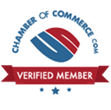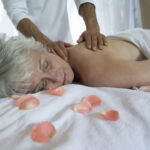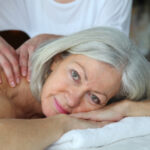Cranial Sacral Therapy (CST)
CST is noninvasive. It uses gentle pressure on the head, neck, and back to relieve the stress and pain caused by compression. It can, as a result, help to treat a number of conditions.
The gentle manipulation of the bones in the skull, spine, and pelvis, affects the flow of cerebrospinal fluid in the central nervous system. This removes “blockages” from the normal flow, which enhances the body’s ability to heal.
CST aids in relieving compression in the head, neck, and back. This can ease pain and release both emotional and physical stress and tension. It helps restore cranial mobility and ease or release restrictions of the head, neck, and nerves.
Cranial sacral therapy can be used for people of all ages. CST treatment is used to help the following conditions:
⦁ Migraines and headaches
⦁ Constipation
⦁ Irritable bowel syndrome (IBS)
⦁ Disturbed sleep cycles and insomnia
⦁ Scoliosis
⦁ Sinus infections
⦁ Neck pain
⦁ Fibromyalgia
⦁ Recurrent ear infections or colic in infants
⦁ TMJ
⦁ Trauma recovery, including trauma from whiplash
⦁ Mood disorders like anxiety or depression
⦁ Difficult pregnancies
Precautions & Contraindications: Massage can be very therapeutic for many medical conditions. However, in some cases it is best to obtain a written doctors referral. Massage therapists, may not, under the written law, attempt to diagnose any medical conditions. If you have any questions or concerns, please contact us for more information.
Additional Tip: May want to avoid eating a heavy meal before a massage.
Contraindications to Receiving Massage Therapy: Massage treatment is relaxing and natural. It is generally considered a safe treatment for most people however, there are three types of “Contraindications” where massage could be provided but may be limited or, massage is not recommended at that time.













